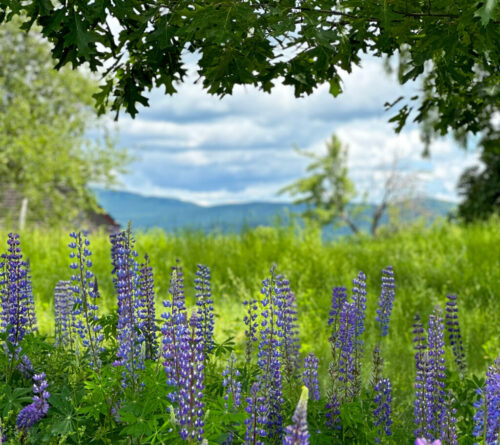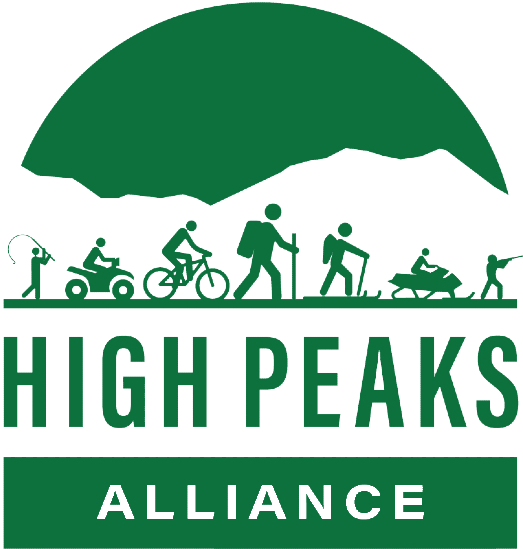When on private land, Maine’s long history of private land-public access highlights that landowners willingly open their lands and trails to recreational users and traditional sportsmen with an understanding of mutual respect. To maintain this relationship and ensure continued use, users must actively respect boundaries and rules and follow the best practices.

Private Land Use Best Practices

Responsible Recreation
Remember that continued access to private land for recreation is a privilege. It is crucial to actively respect landowners and their property to maintain positive relationships and preserve access for future generations. By following these best practices, you can fully enjoy the beauty of private lands while actively contributing to their conservation and long-term sustainability.
If you want to receive more information about trails and access, sign up for our newsletter.
